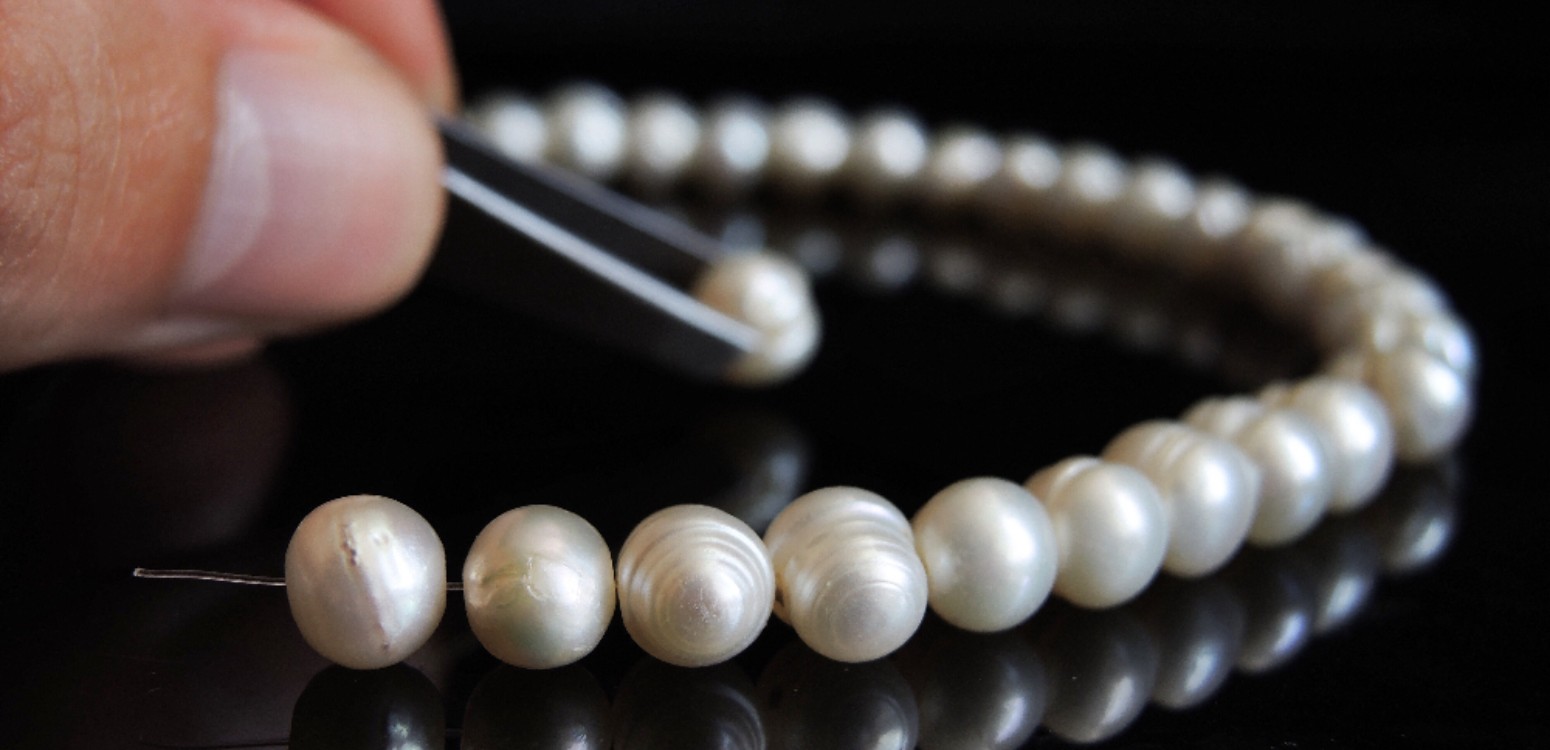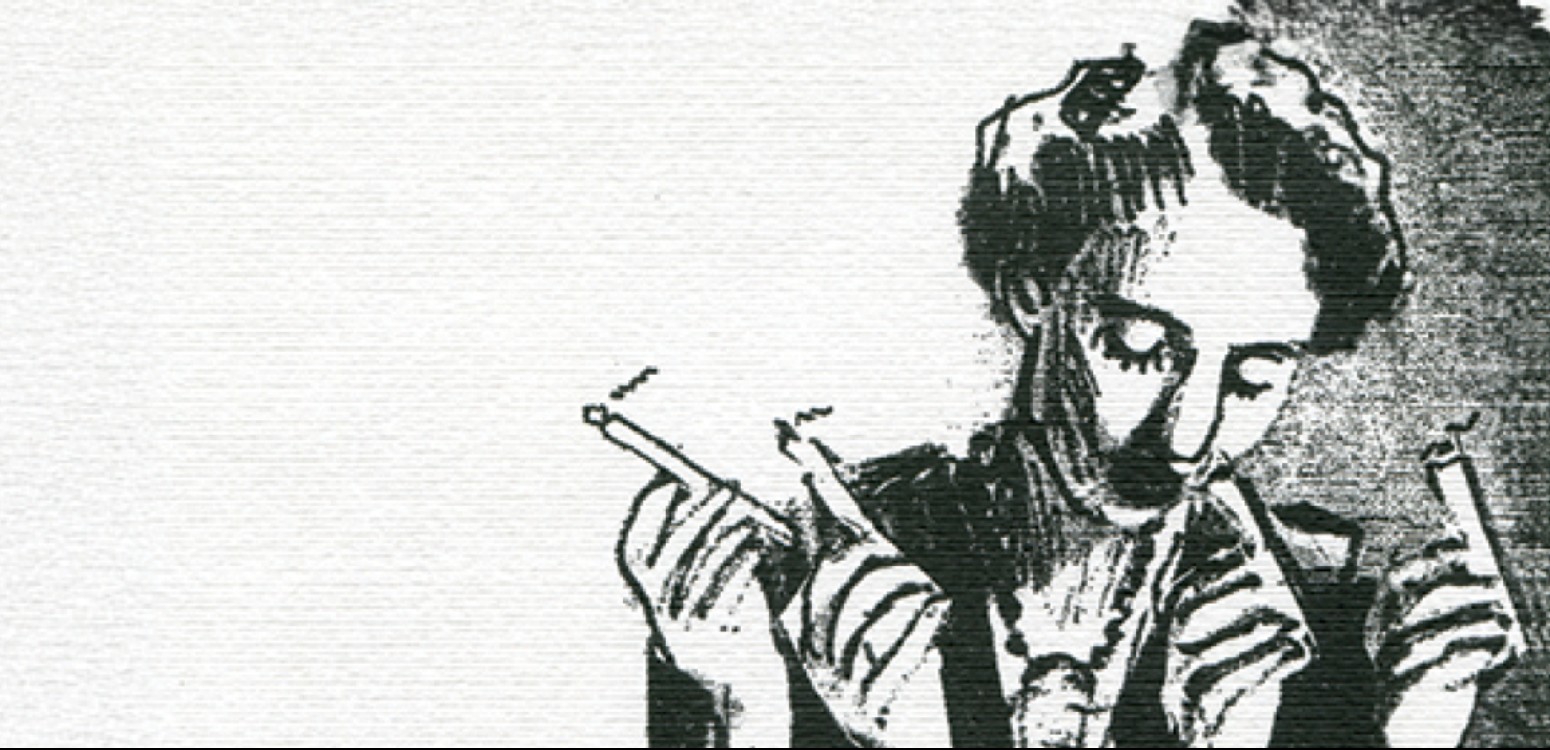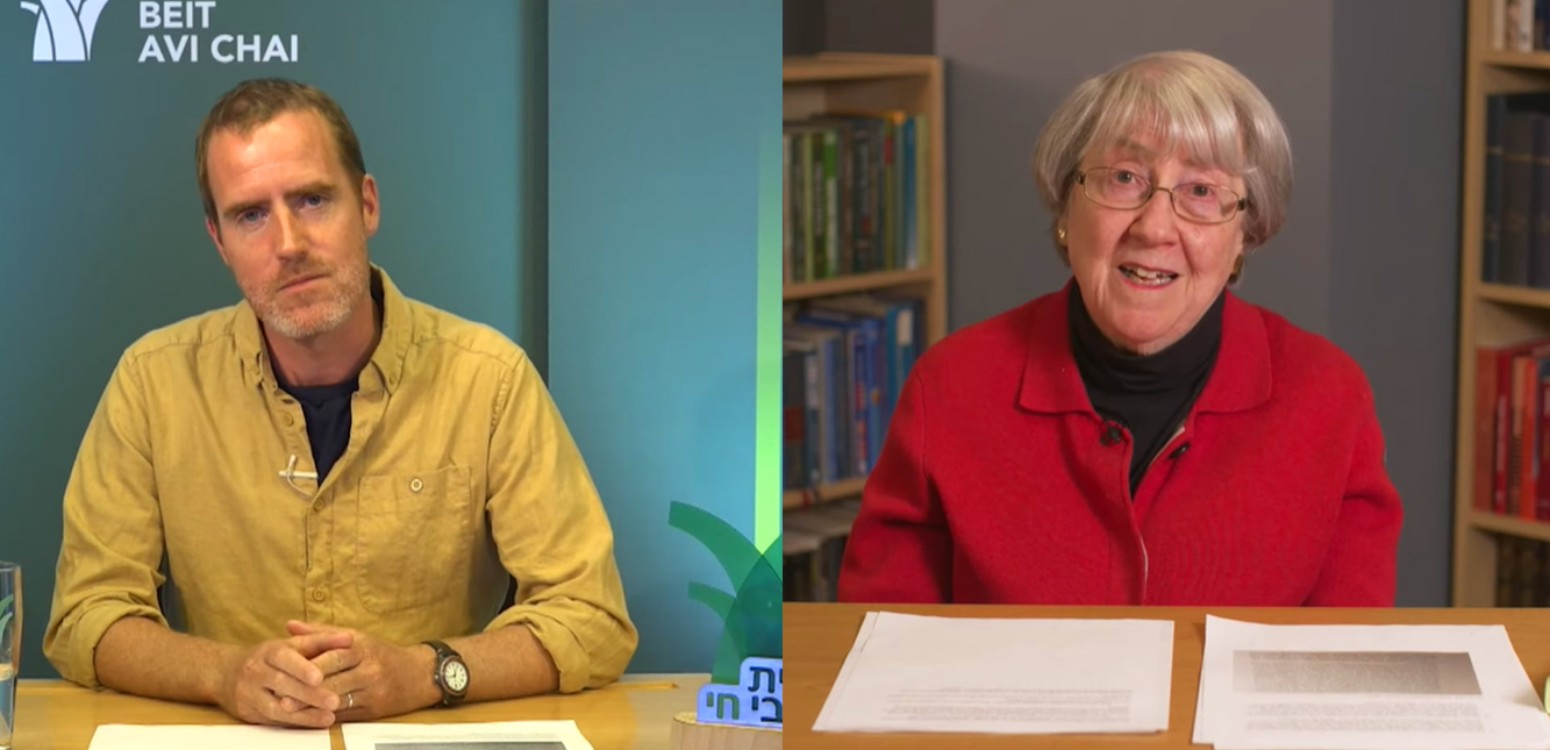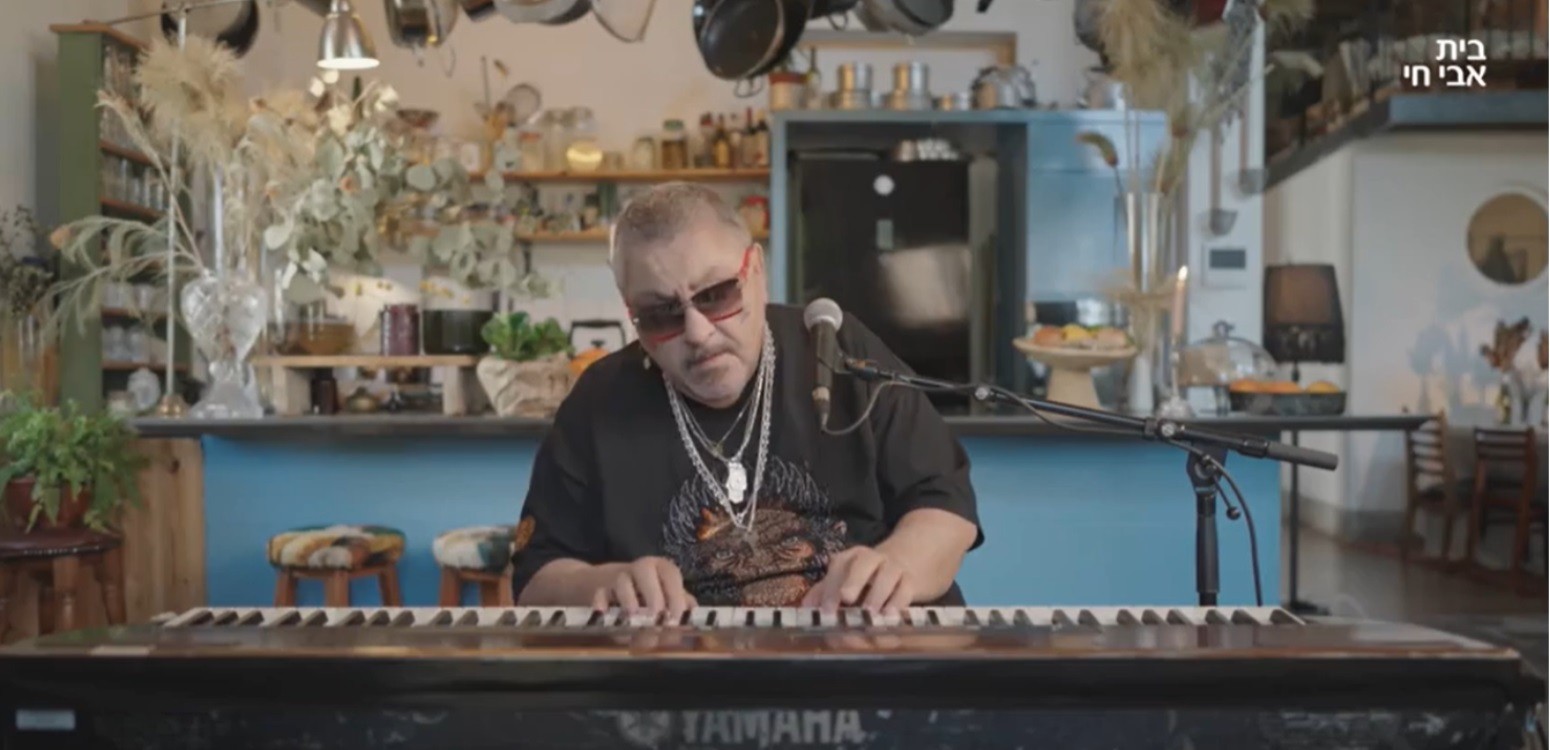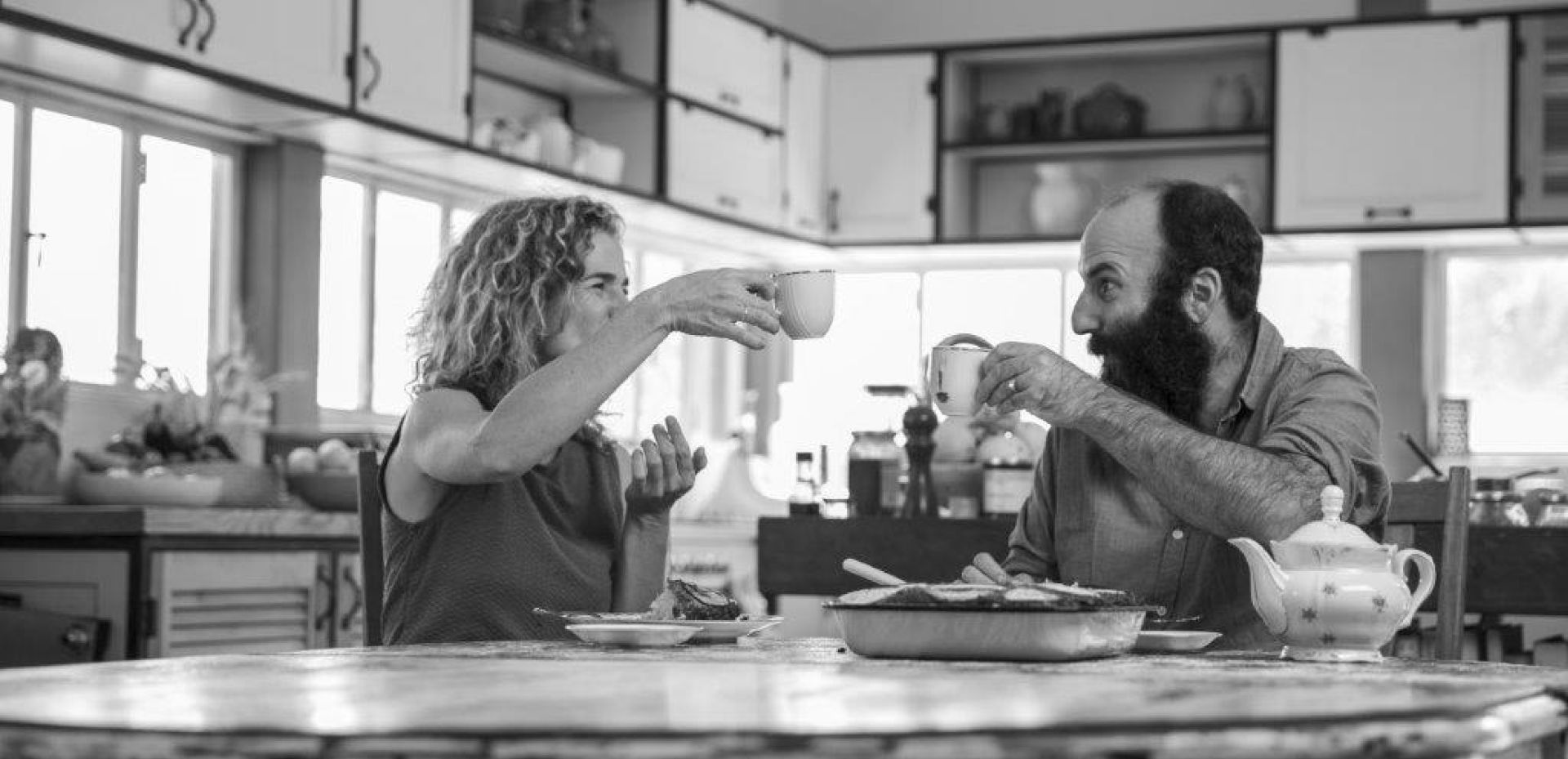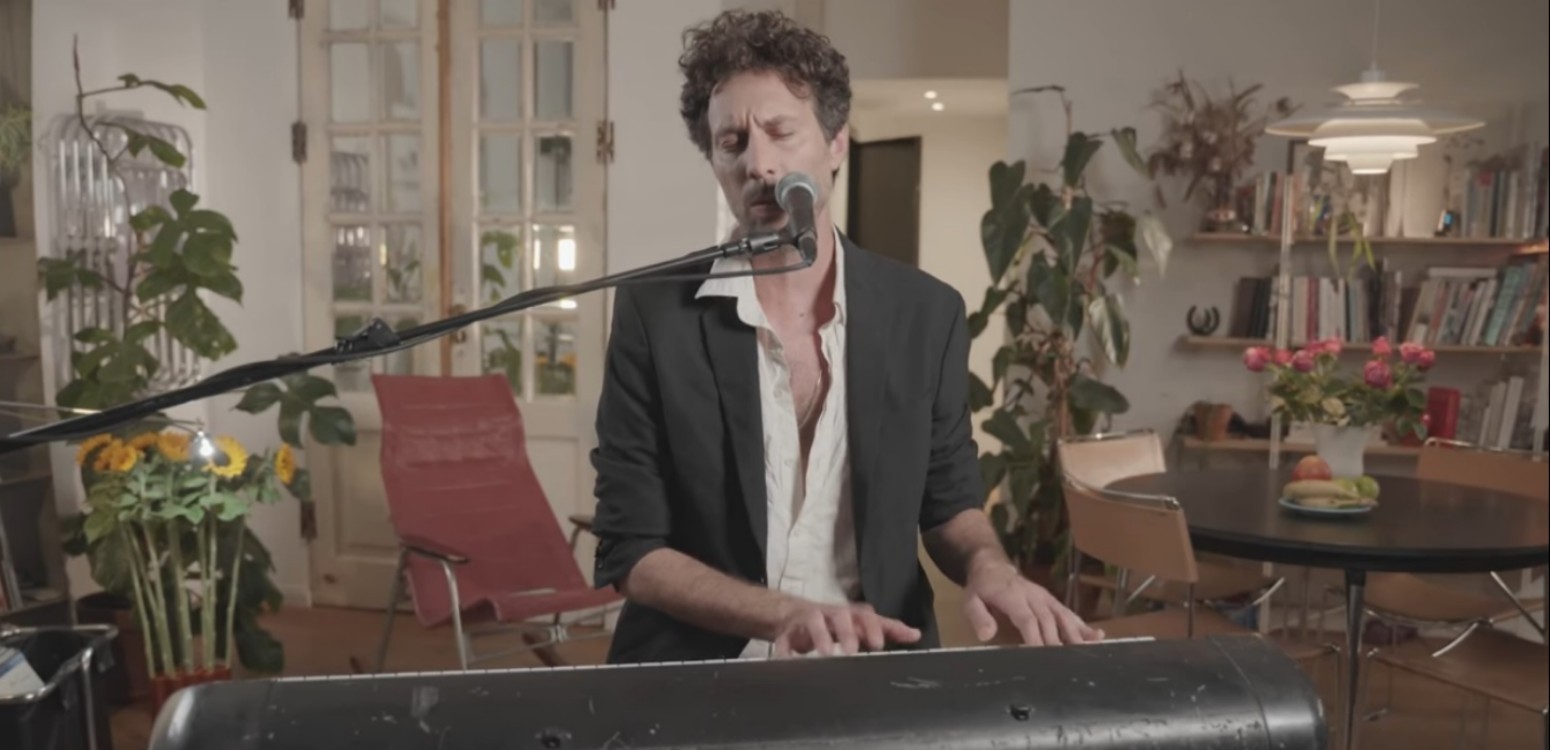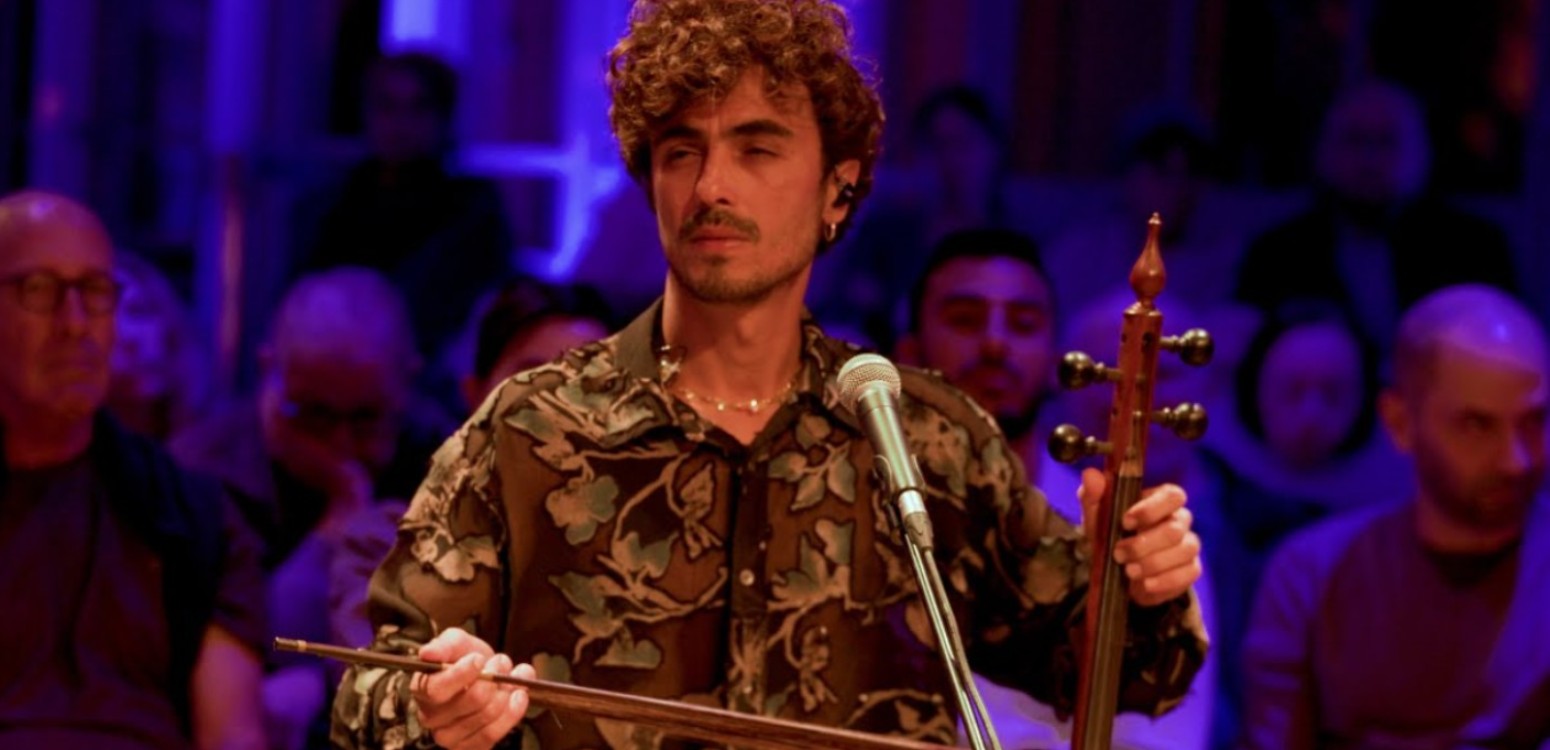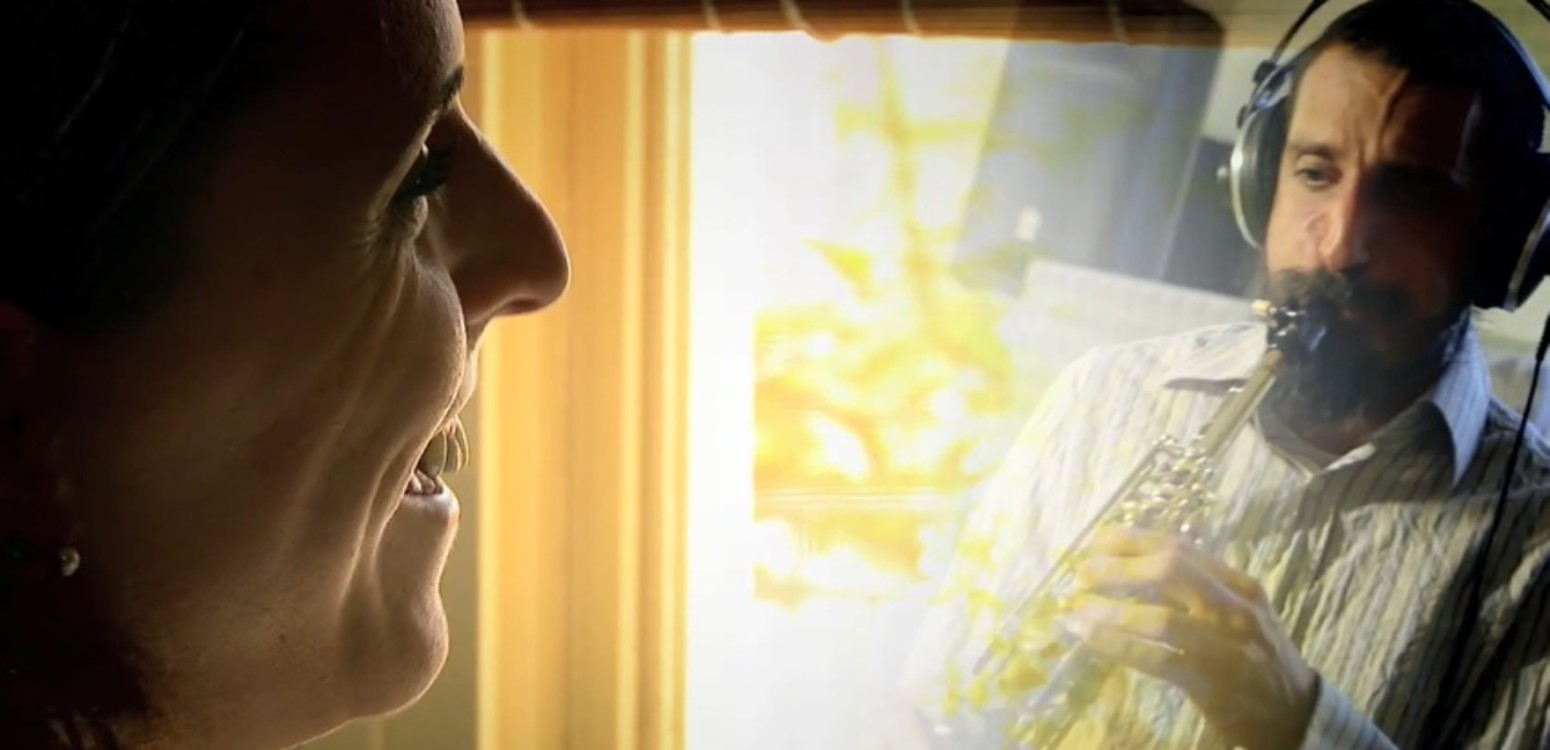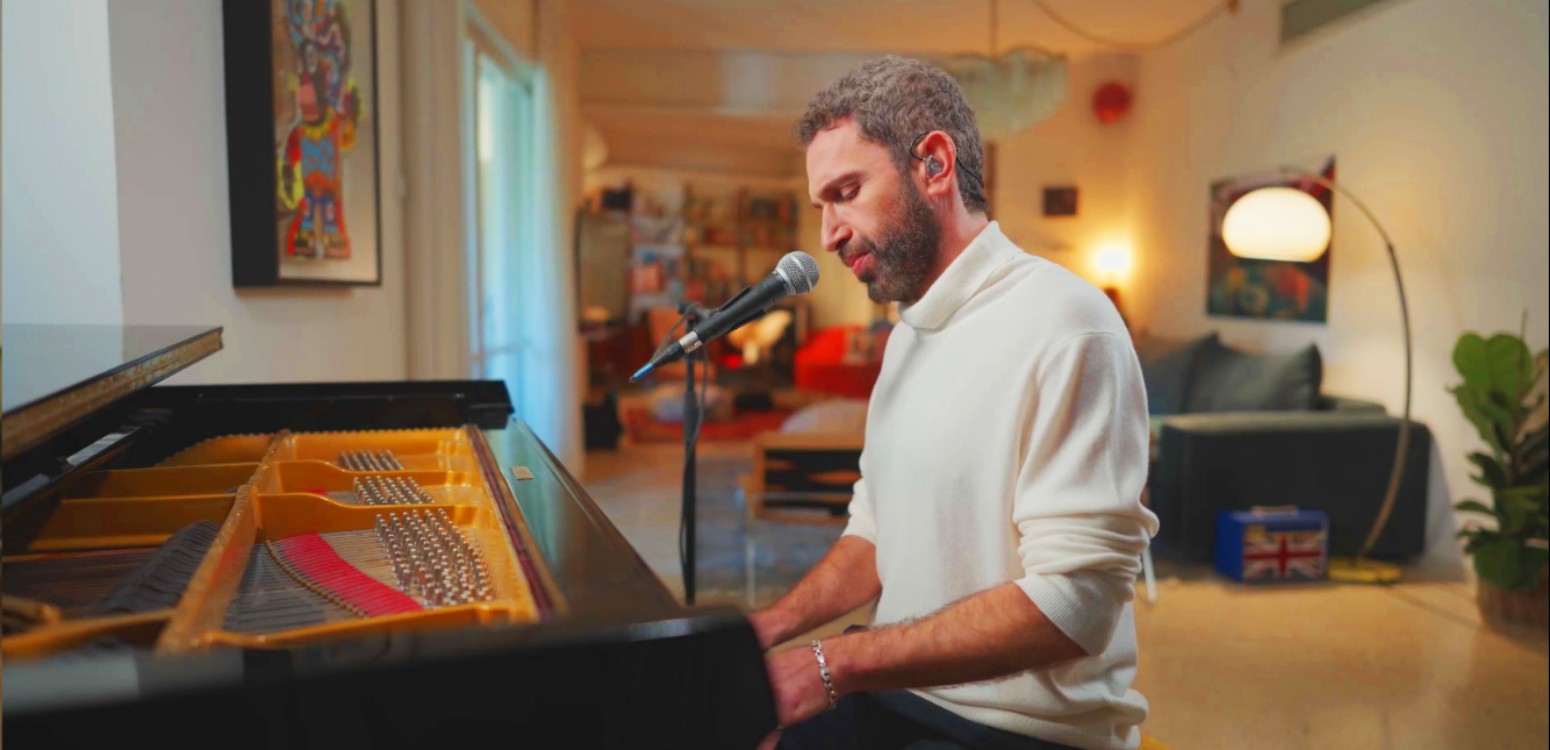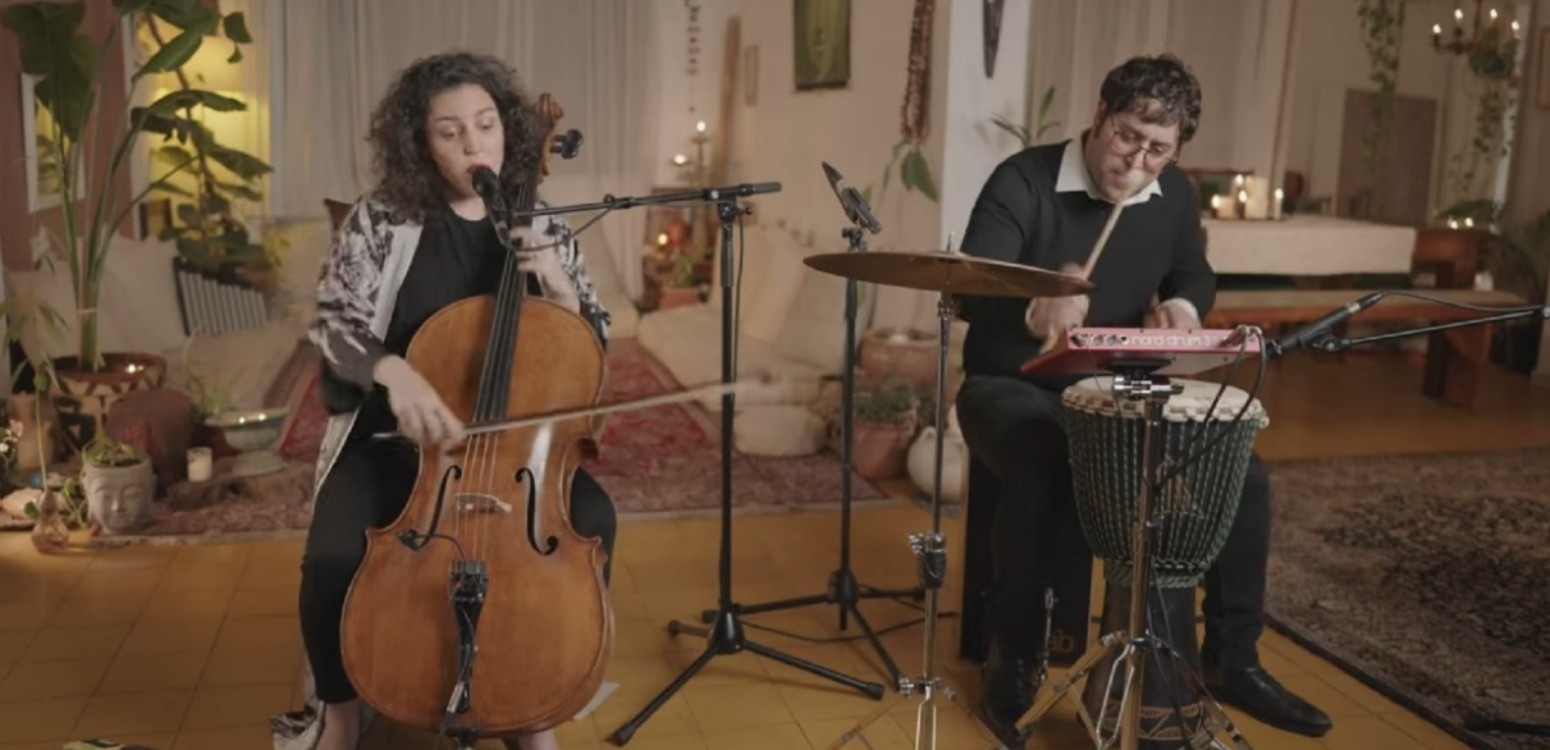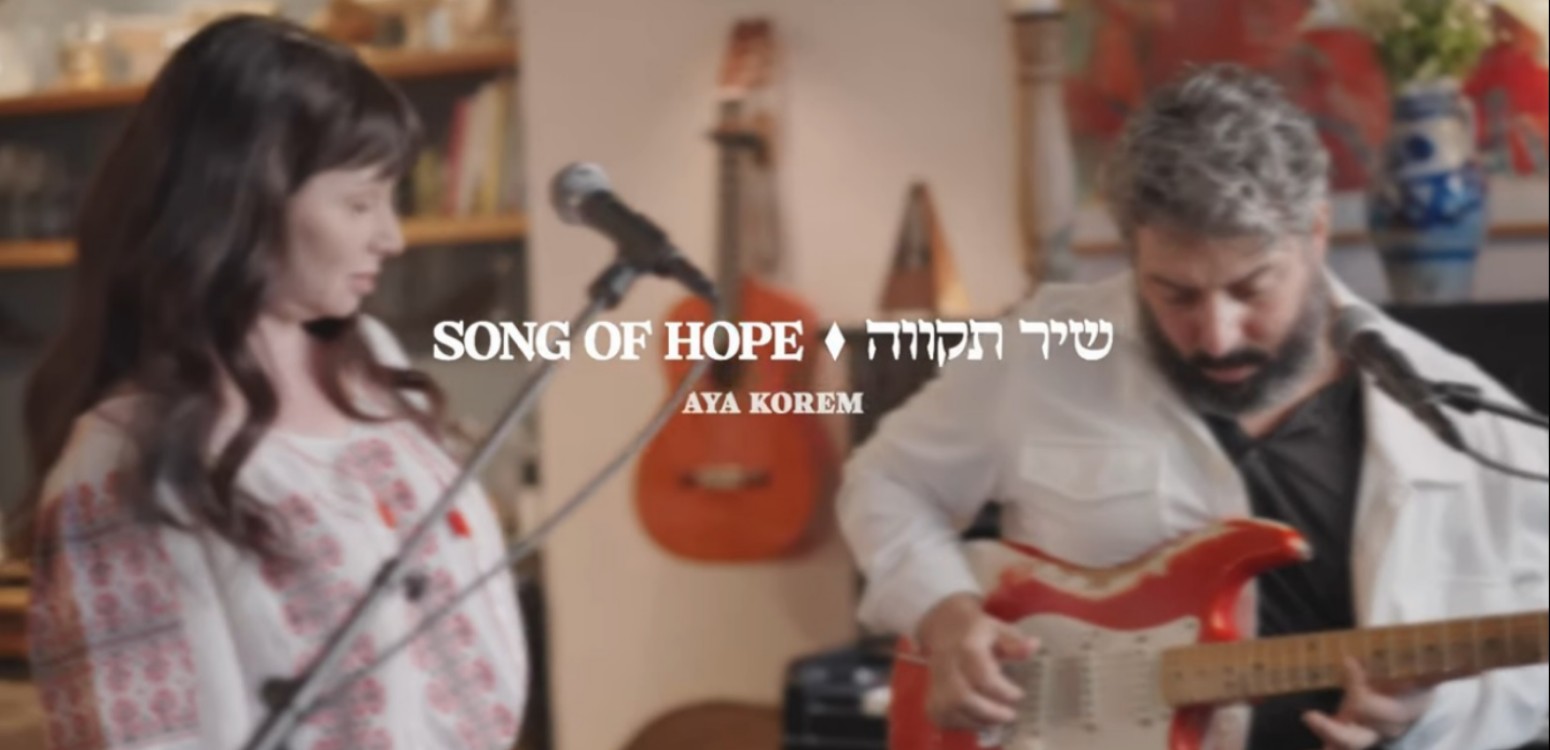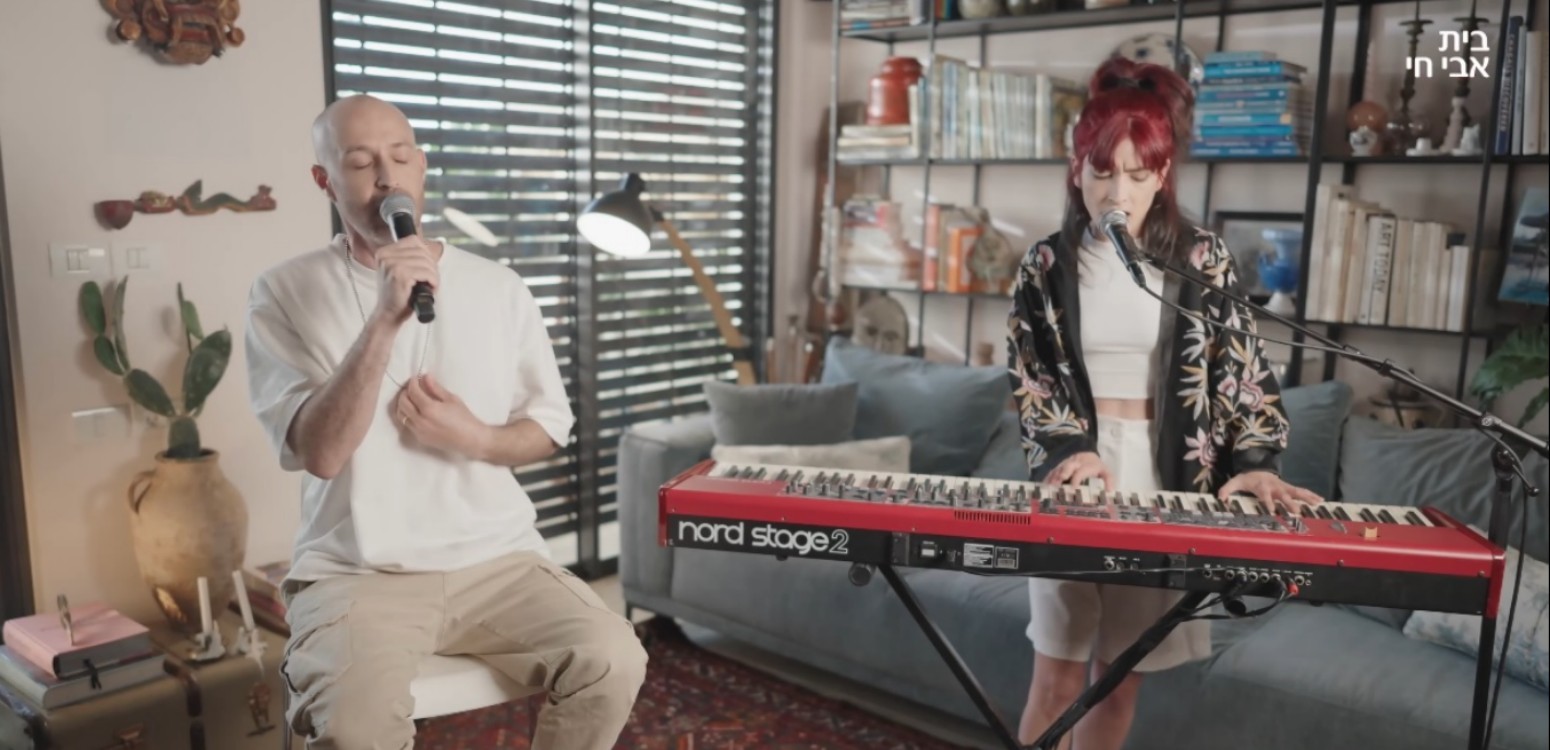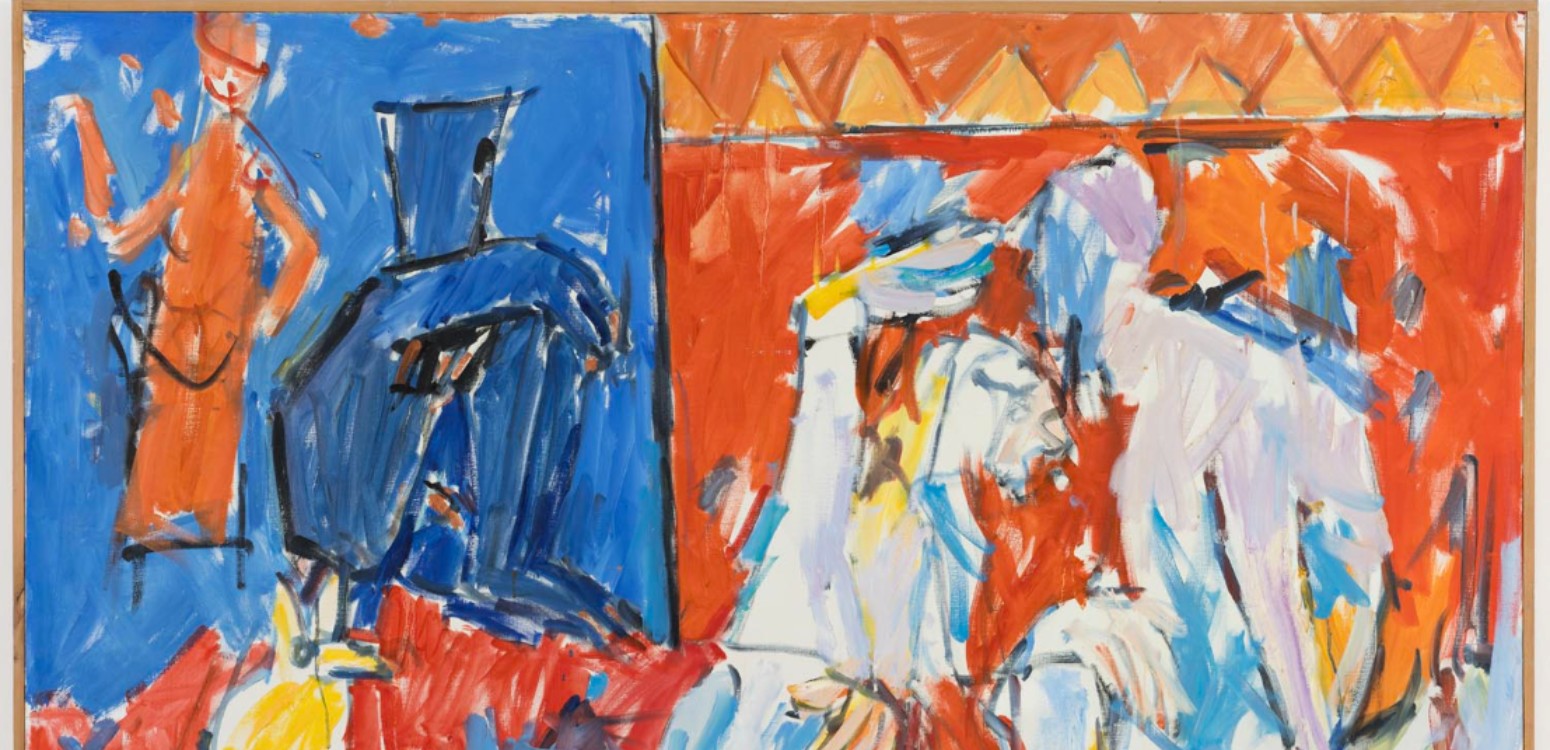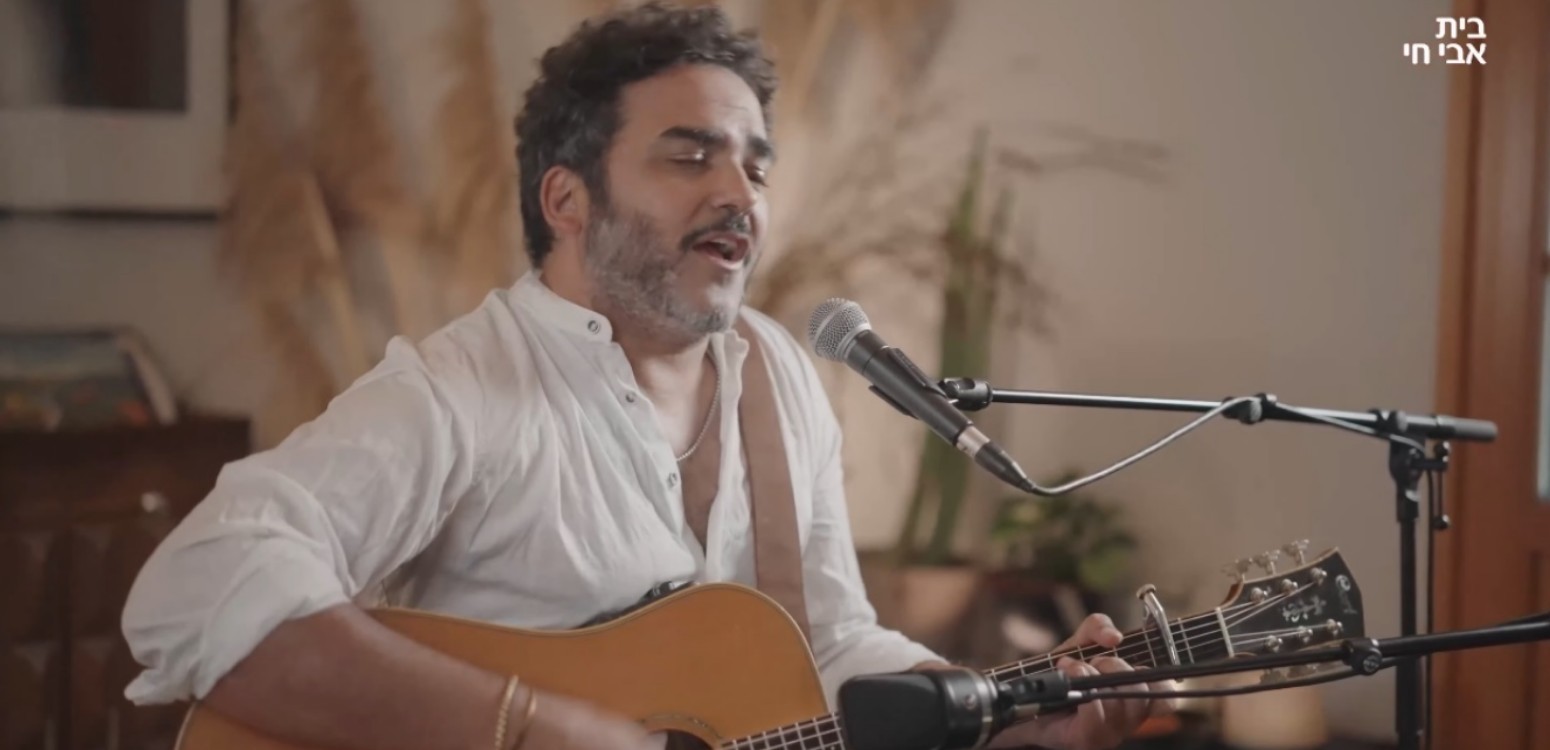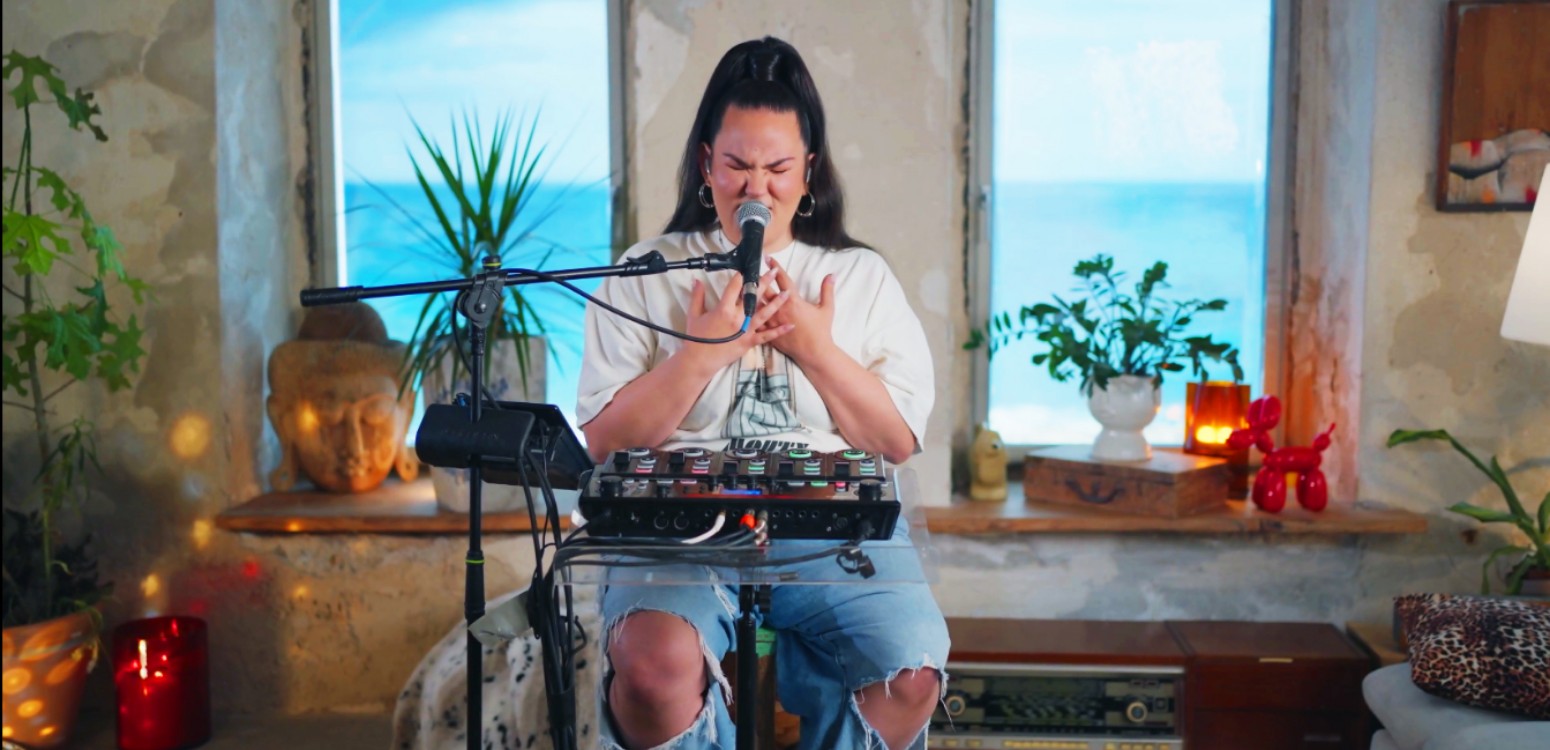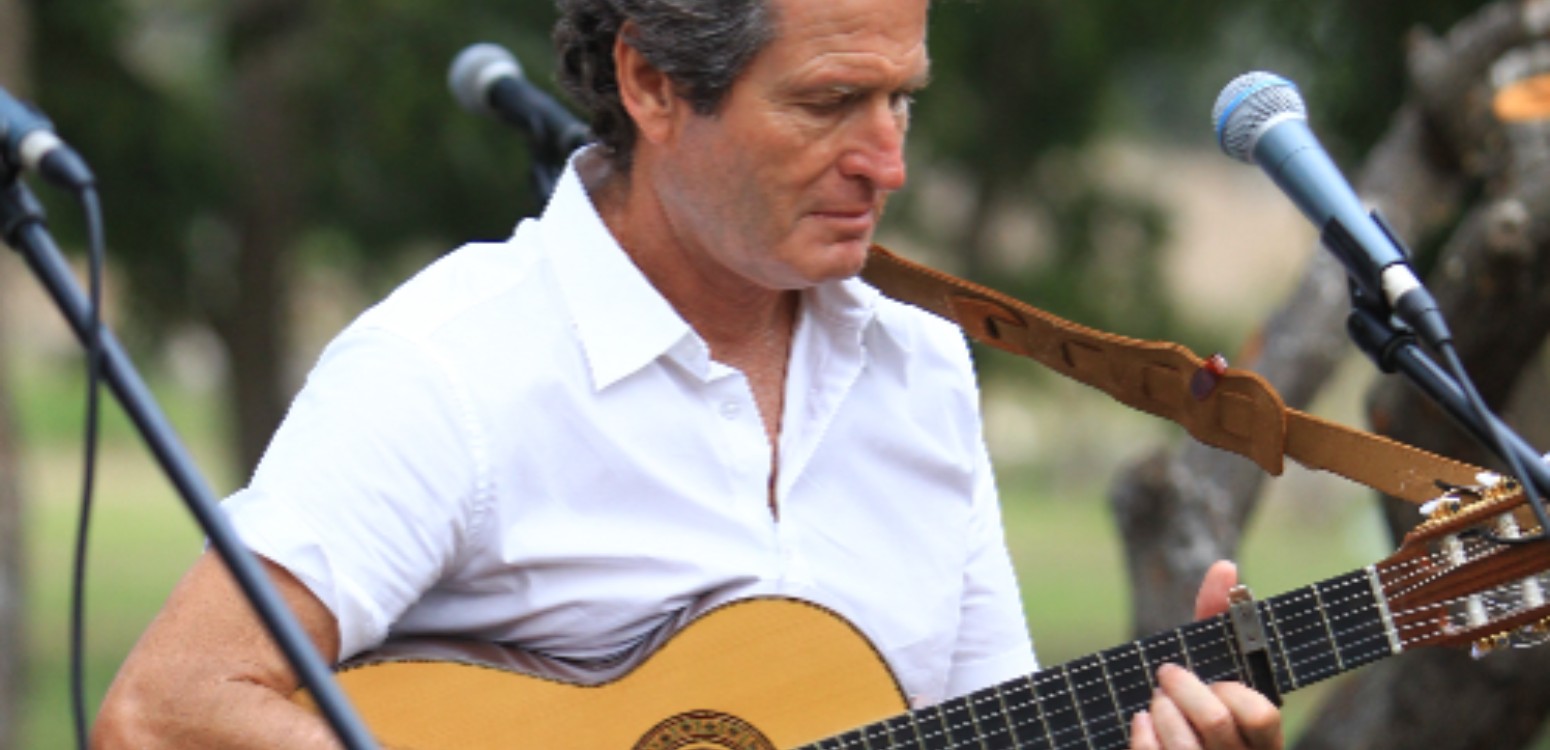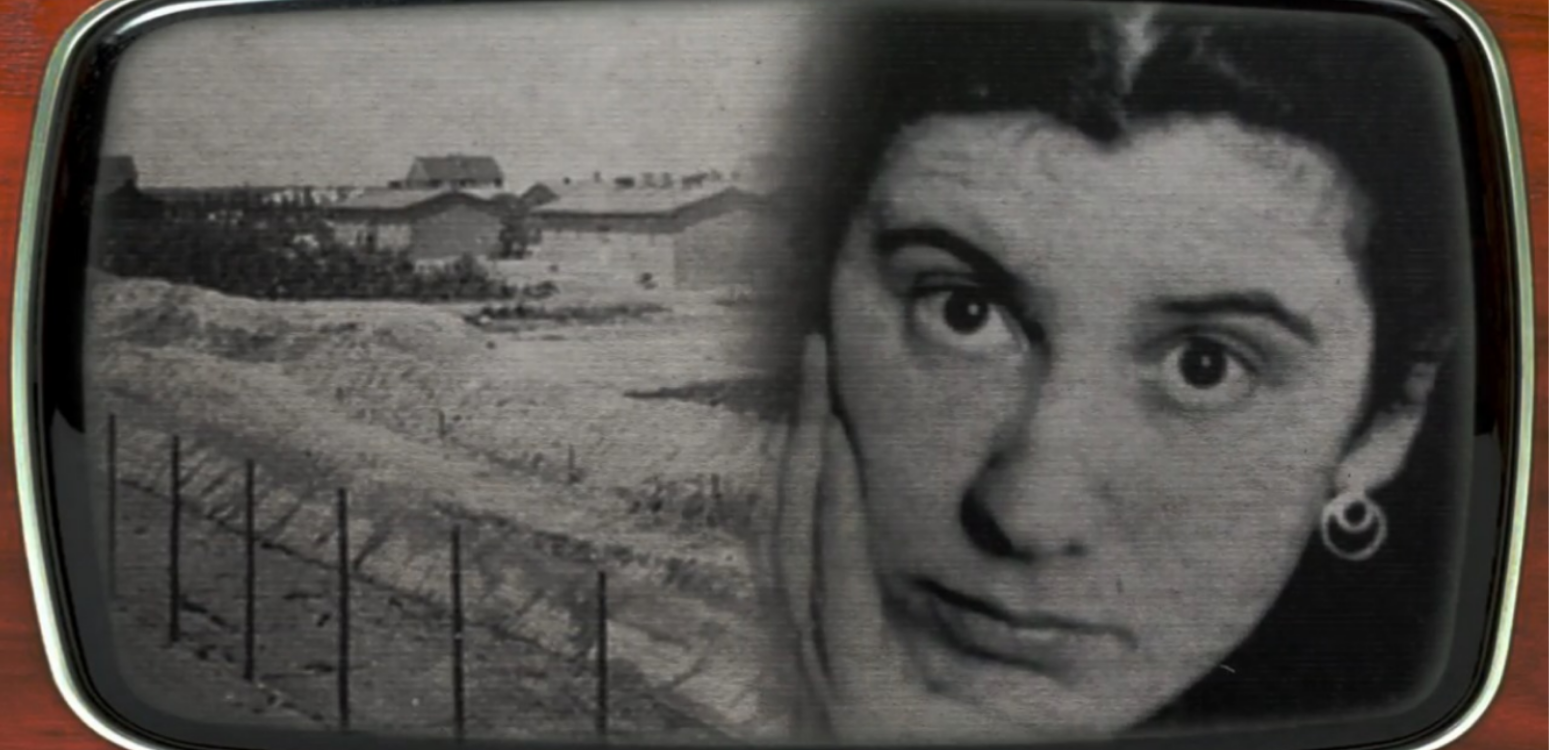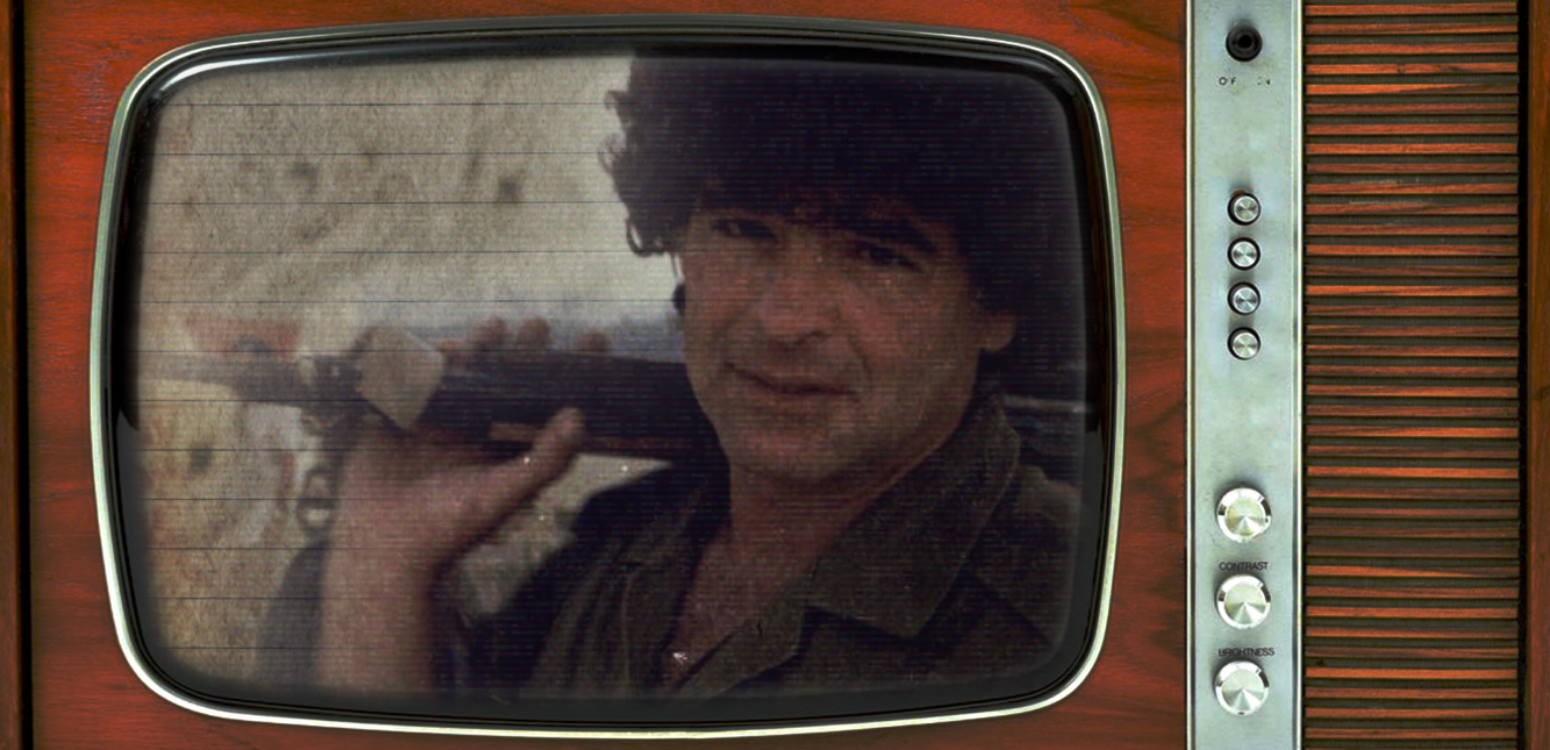The story of Alon Oleartchik is the story of Israeli music itself – rooted in immigration, blossoming through cultural fusion, and continuously evolving. From Kaveret’s beloved quirky rock to groundbreaking Mizrahi influences, his seven-decade-long journey reflects a nation finding its voice
When Alexey Olearczyk arrived in Israel from Warsaw as a lonely child in the 1950s, few could have predicted he would become one of Israeli music’s most influential figures.
Torn from the childhood he knew in Poland – which was interrupted when a shaliach from the Jewish Agency showed up at their house with a crate of oranges – Alon Oleartchik, as he was now named, found solace in sound. By the age of 16, he was already slipping into Tel Aviv nightclubs with his bass guitar. After his army service, he performed with jazz pioneers Platina, making history as they became the first Israeli ensemble to play the Newport Jazz Festival.
It was during his military service with the Nahal Band that he met the musicians who would later form the legendary band Kaveret (meaning “beehive”, also known as Poogy outside of Israel). Together, they crafted a quirky, innovative sound that became the soundtrack for a generation of Israelis still defining their cultural identity. Oleartchik’s songwriting, alongside Danny Sanderson’s, helped establish the band as Israel’s most beloved rock group, which was active only for a short period of time in the mid-1970s but had such a lasting impact that every few years they reunite for a string of giant reunion concerts.
In 1978, two years after Kaveret had disbanded, Oleartchik made an unexpected move away from the Israeli music scene. While his former bandmates continued enjoying their fame in various new projects, he pursued jazz studies at Boston’s Berklee College of Music. He wasn’t running away; he was running toward something.
That something was musical liberation. In New York’s Lower East Side, he experimented with new wave and jazz-rock fusion. Surprisingly, he became musical director for The Peacock Club, where Israeli Mizrahi stars performed. There, he embraced Middle Eastern rhythms that Israeli radio largely ignored at the time.
This diverse musical palette inspired hits like Ba LaShchuna Bachur Chadash (“A new guy in the neighborhood”) when he returned to Israel in 1985, surprising the music establishment by blending rock with Mizrahi elements years before such fusion became commonplace. Yet, despite releasing nine acclaimed solo albums, Oleartchik often faces audiences clamoring for Kaveret nostalgia while he pushes forward artistically.
In the 1990s, Oleartchik transformed Israeli music as a producer for breakthrough artists like Etti Ankri and Tipex. His compositions span theater, ballet, commercials, and film, earning him ACUM’s Composer of the Year award in 1991 and eventually their Lifetime Achievement Award.
Today, at 75, when most musicians settle into comfortable retrospectives, Oleartchik remains creative. His 2011 album “Oleartchik Style,” which featured jazz reinterpretations of his earlier rock and pop hits, showcased his collaborative work with his daughter Tessa. This project exemplifies his ongoing musical relationship with both his grown children—Tessa and Max, with Max serving as one of the producers on Oleartchik’s 2019 album “Oleartchik. Now.” That album also featured collaborations with various young artists, including the Afro-Funk ensemble Quarter to Africa. While always evolving and exploring new territory, Oleartchik continues to be a significant figure on Israel’s musical landscape rather than a mere relic of its past.
Main Photo: Alon Oleartchik by Ilan Besor\ Wikipedia

